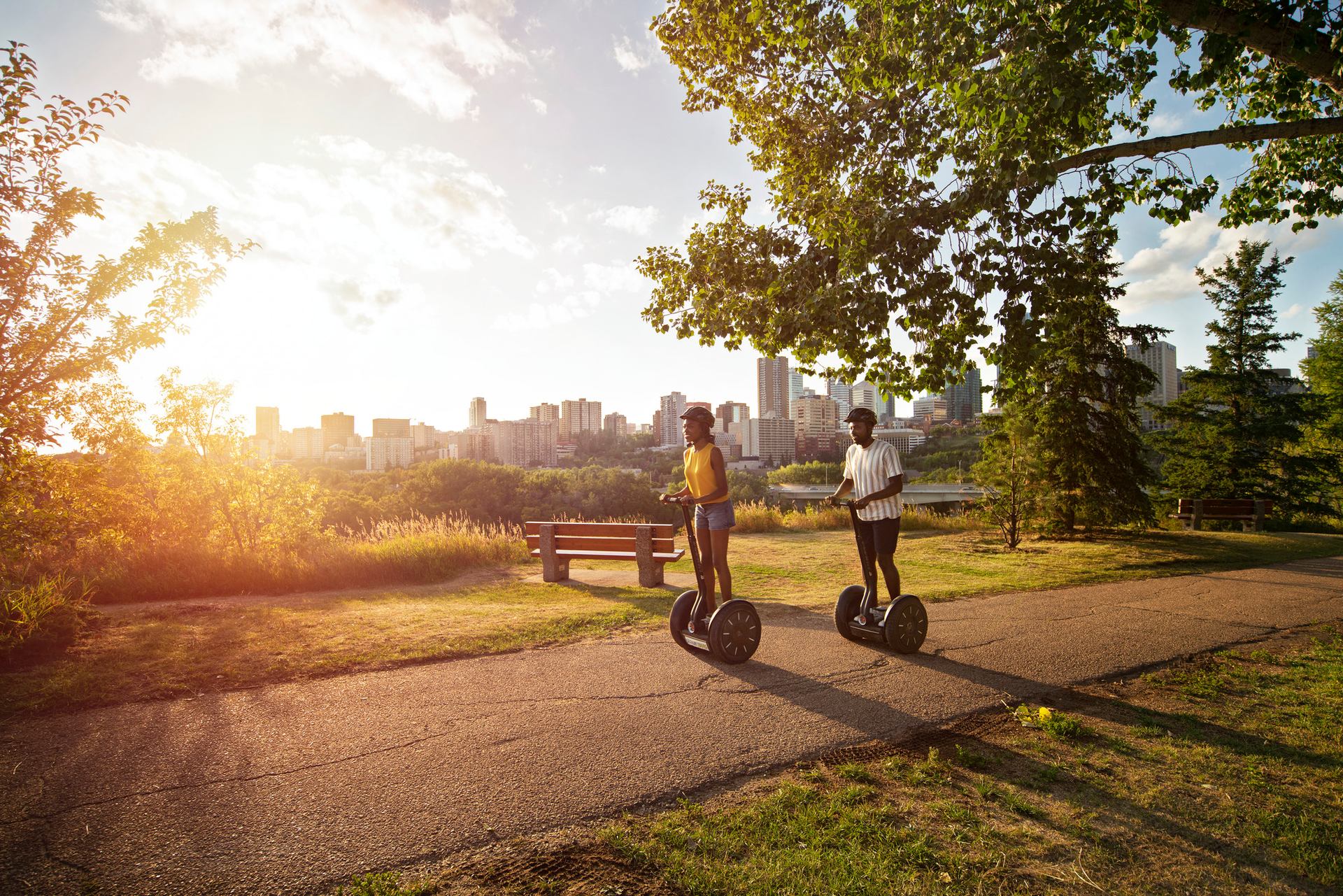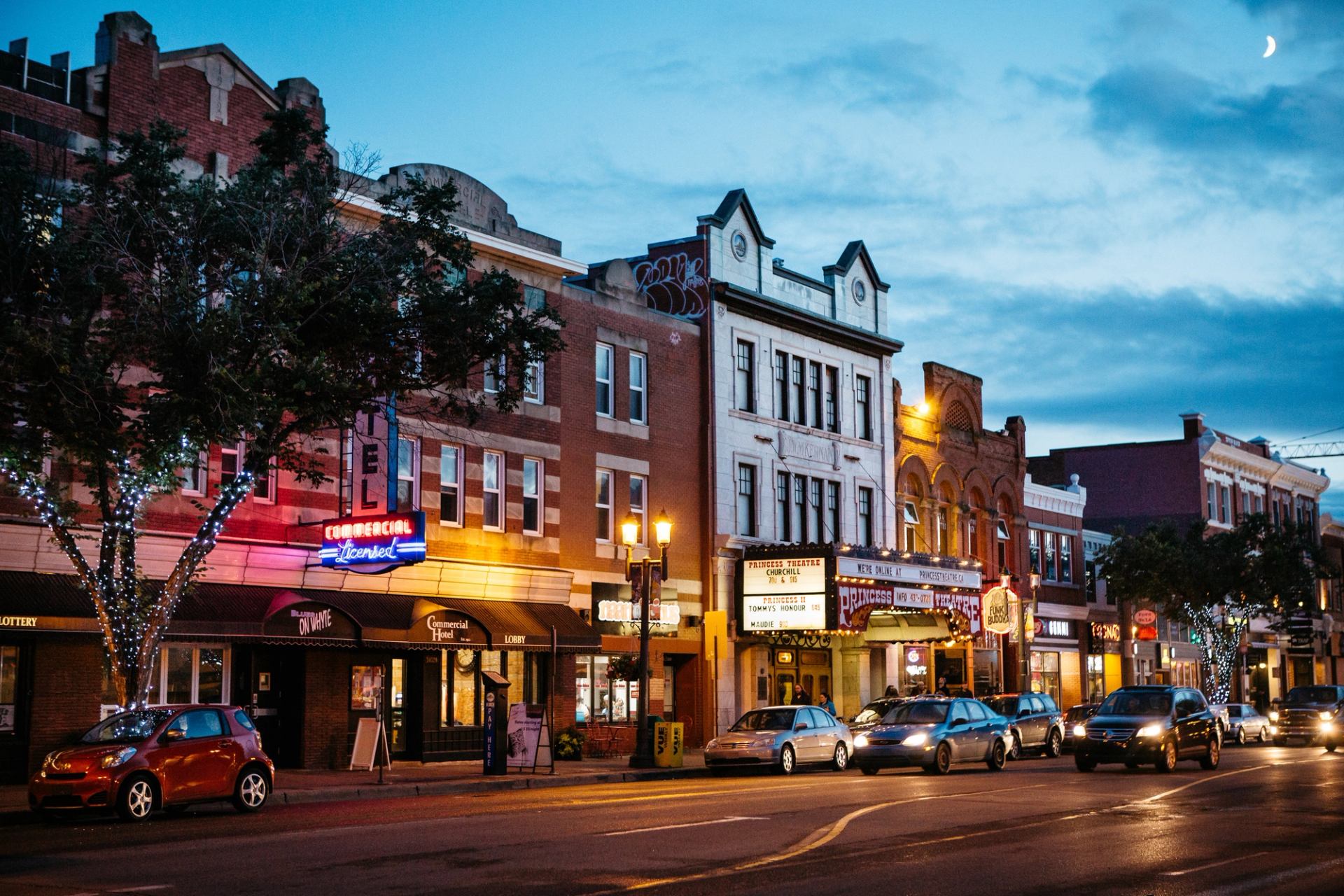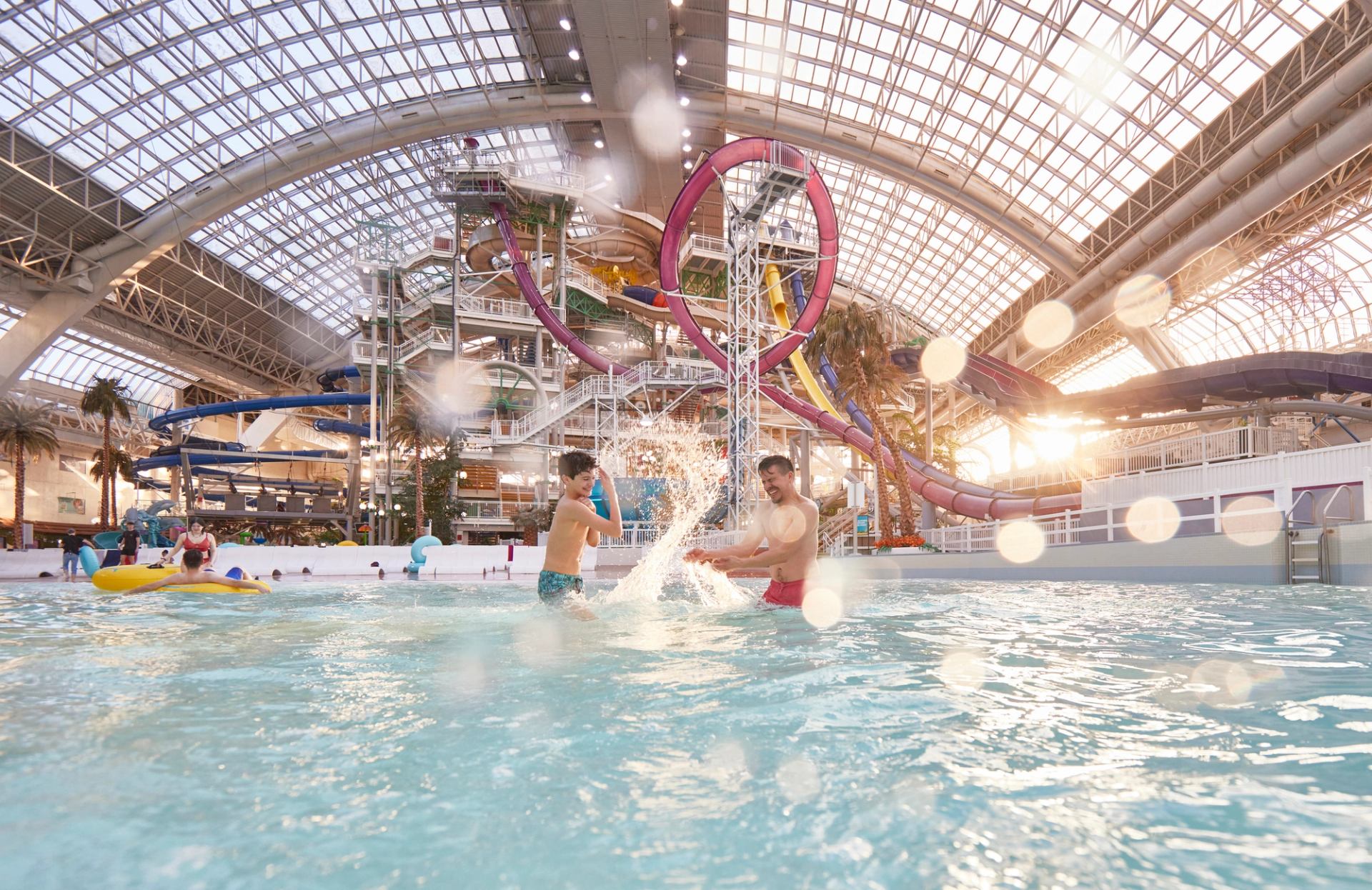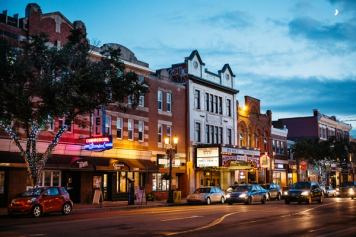Discover what makes Edmonton
There's so much that makes Edmonton a must-visit city. For starters, it's home to two sports dynasties (think the Edmonton Oilers, for one), North America's second largest mall, a destination in itself, plus a world-class theatre district.
It also holds the title as Canada's Festival City, with about one happening every week of the year. Some of the standout festivals include one of the largest Fringe Festivals in the world plus a stellar Folk Festival, with an international lineup of musical talent. However, you could visit anytime of year and find a festival in full swing.
Though this is Alberta's largest northern metropolis, it also has tons of greenspace, set amid rolling prairie and perched on a massive river valley where the North Saskatchewan River flows. The valley is a hub for all kinds of activities: rollerblading, biking and paddling in summer, or snowshoeing and fat biking in winter.
There's no question Edmonton – Alberta's capital city – has enough to keep you busy for weeks, but here are some ways to discover the real character of the city.
Head to a living history museum
To get a true sense of Edmonton, let's start at the beginning. The now booming oil and gas city was once a remote trading post established in the late 18th century.
True, Edmonton has grown a lot, but many of the things that make up the city's past are still very much present. For an immersive look into Edmonton's beginnings, head to Fort Edmonton Park, open all summer. This massive living-history museum brings together the city's rough-and-tumble past and its vibrant present. From original heritage buildings (including Canada's first mosque) to a functioning midway and carnival, to a full-scale replica of the fort itself, this is a perfect entry point for history buffs. If you want an interactive history lesson, head to the Escape Room for a truly eerie experience.
For an even deeper look at the area's history, check out the impressive Indigenous Peoples Experience (iyiniwak okiskêyihtamowiniwaw), which includes storytelling, art, music and artifacts.









